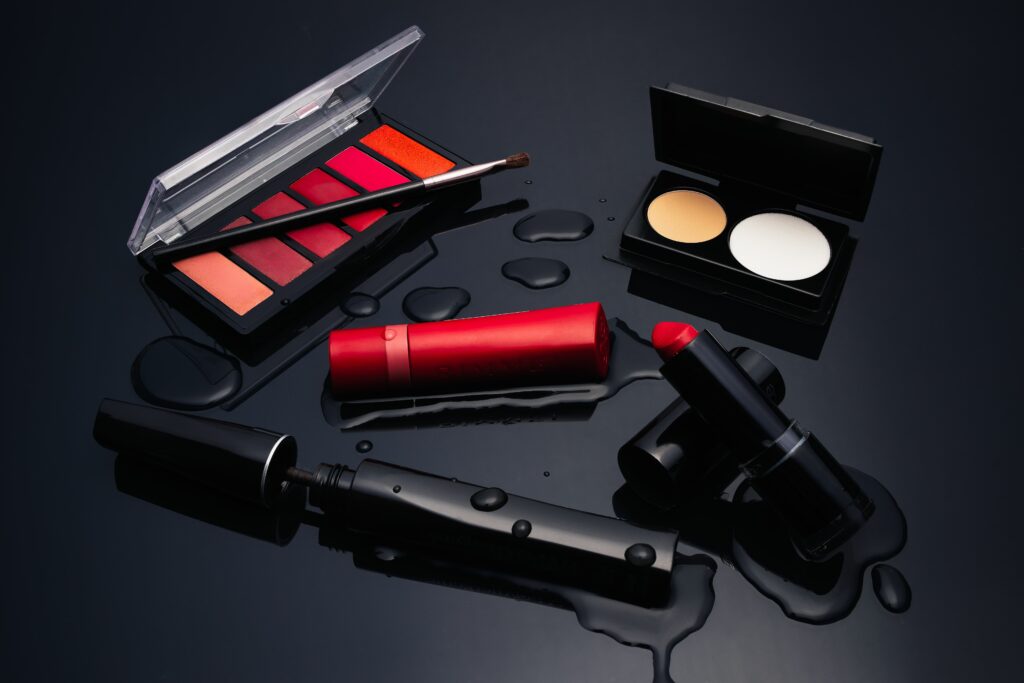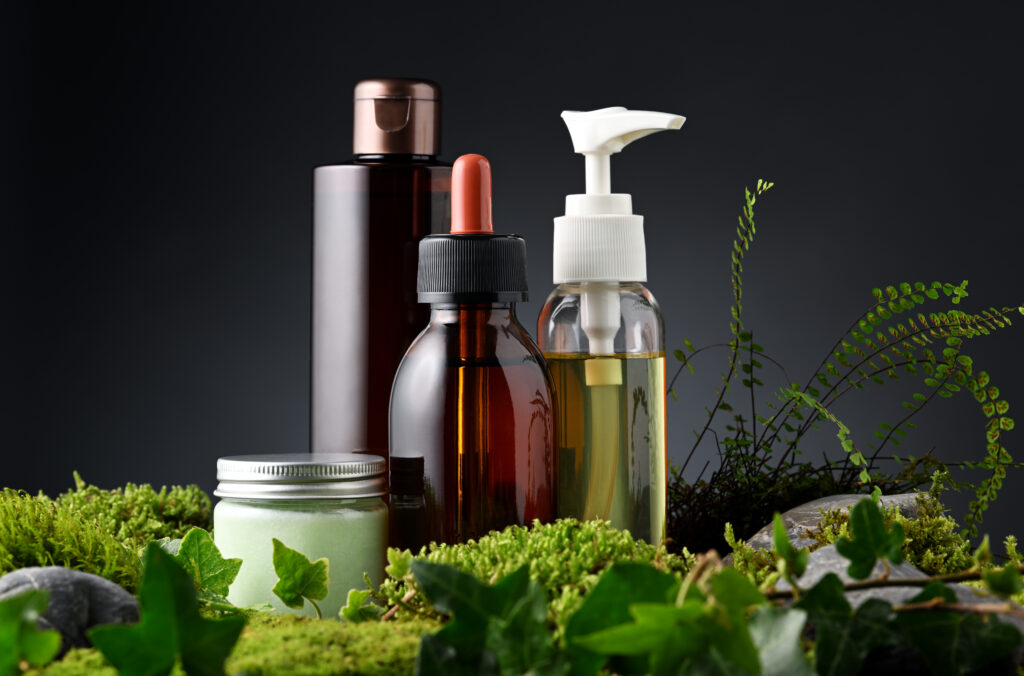Sometimes parent companies fly under the radar as their products take the podium, an idea that has held true for Farmec throughout the decades, especially since their Gerovital line enjoys more recognition than the label behind it. Regardless, thanks to its dynamic history and picture-perfect heritage, in 134 years, the company turned its first small shop into a hub that sends over 400 products to all corners of the globe.
From boutique to worldwide phenomenon
Albeit beauty is a matter of fancy, success and growth rates are a matter of fact. Ever since it was established as a small boutique and laboratory in 1889 in Budapest under the name Molnar Moser, Romania’s Farmec became a stand-out player in the beauty market. Still, it took almost half a century to build its reputation, and only by 1943 the network opened an independent laboratory in Cluj-Napoca (Mol-Mos). It specialized in six products and was transformed only six years later into a (less attractive) No. 21 Cosmetics Factory, effectively owned by the State and managed by the Ministry of Health.
Despite operating on a relatively growing platform, the company saw its first significant rise only by the mid-1960s when the Romanian Communist Party decided that the country needed one of the world’s “biggest and strongest cosmetic factories,” capable of competing with its European rivals. Hence, in 1965 the company introduced the iconic Doina Milk make-up remover, which takes up over 15% of the Romanian market in his category.
After having successfully entered this active market, the company changed management and appointed Liviu Turdean to the position of its CEO (he remained at the company’s helm until 2009 and later passed it to his son, Mircea). At the same time, Professor Ana Aslan was tasked with transforming her famous anti-aging research into a successful product, preparing it to enter the commercial market. This led to the creation of the Gerovital line (1967).
“Romania has invented the airplane, the fountain pen, and anti-aging too.” – Mircea Turdean
Only two years later, the company had another (this time just national) breakthrough by introducing several spray-type products and starting its expansion into the largest cosmetic platform in the country under the “Flacăra” State Industrial Enterprise brand (which was later merged with Farmec Cosmetic Products Factory).
By the time the Communist regime fell, Farmec directly employed over 1,000 employees whose work had met 90% of Romania’s demand with a portfolio of over 600 cosmetic and household cleaning products, both for the national market and for export.
In 1995 Farmec was privatized, having over 70% of its stocks bought out by the employees for a total sum of about 5.5. million euros by employees. It took further two years to launch the Dezmir Platform, the largest beauty industry platform in South-East Europe. The company has continuously been enjoying new investments and purchasing new equipment. It entered the new millennium with a brand-new national network of agencies. By 2008 Farmec bought the Gerovital trademarks for 1.2 million euros and began its almost annual growth and steady expansion to become the corporation we know today.


Bringing new business to Romania
After a series of investments, the modern-day Farmec has turned Transylvania into a hub that sends over 500 product labels, spread across almost 50 brands and lines to its branches located in more than 40 countries and to countless other resellers across the globe (including China, Japan, Jordan, Israel, ad and the US). Hence, as it noted an almost 40% growth of exports between the years of 2014-2017, it is not shocking that Farmec plans to quadruple its share of exports (to reach 20% of its entire business) by building a new factory around Cluj-Napoca thanks to a 40 million euros investment that would double the company’s present production capacity.
Without going through the annual growth rates and numbers, it is worth noting that only in 2022 alone Farmec managed to reach a total income of EUR 12.89 million, turnover of EUR 59.5 million, and boasted fixed assets to the value of EUR 24.9 million, and achieved a net profit of EUR 2.2 million. At the same time, it has to be mentioned that the company saw a 30% increase in production costs and experienced the effects of the high market volatility, yet doubled its investment budget to 2.42 million euros.
Today, more new Farmtec products are entering the global market, with more consumers getting acquainted with the brand. It is possible that should the company stay on its current course, in a few years, the Farmtec brand will regain its rightful place, spreading the awareness of its name rather than being known for but one Gerovital line out of its vast offer of product lines.







